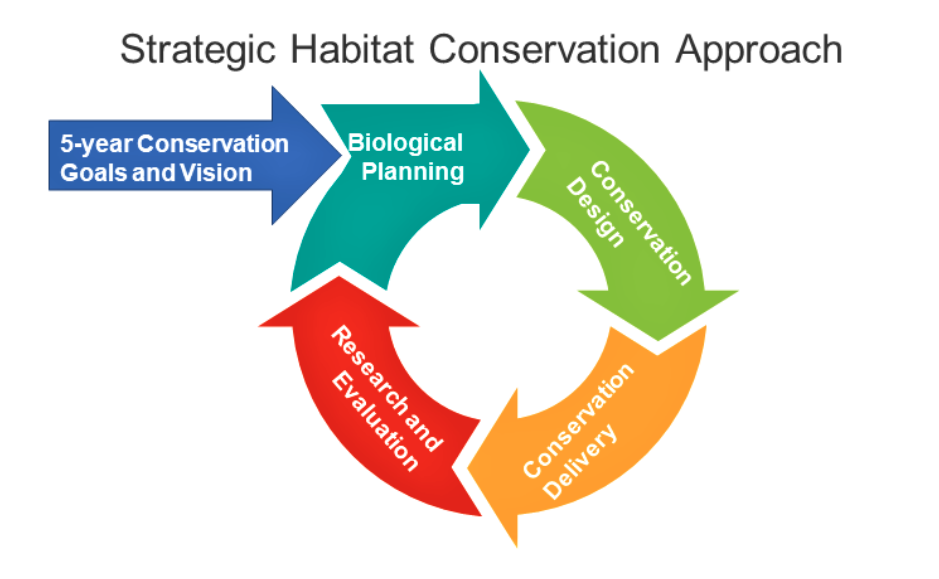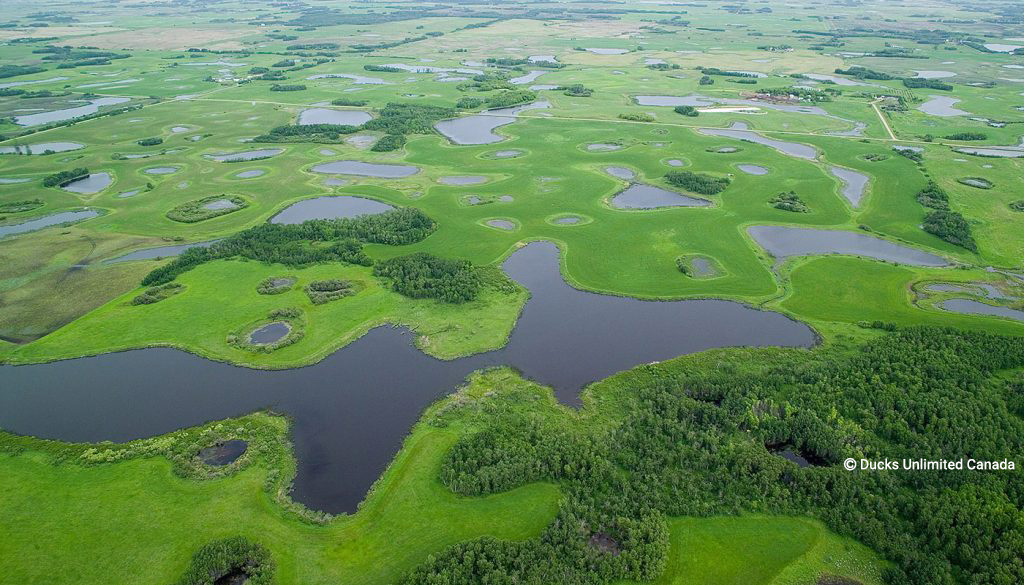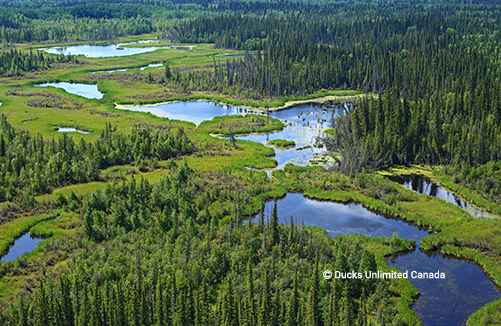The PHJV’s conservation priorities align with the North American Waterfowl Management Plan (NAWMP).
We share an intent to retain, restore and manage the natural wetland and upland habitats needed to sustain healthy waterfowl populations.
Targeted wetland and waterfowl conservation in Prairie Parklands and the Western Boreal Forest (WBF) continue to be crucial to our success.



